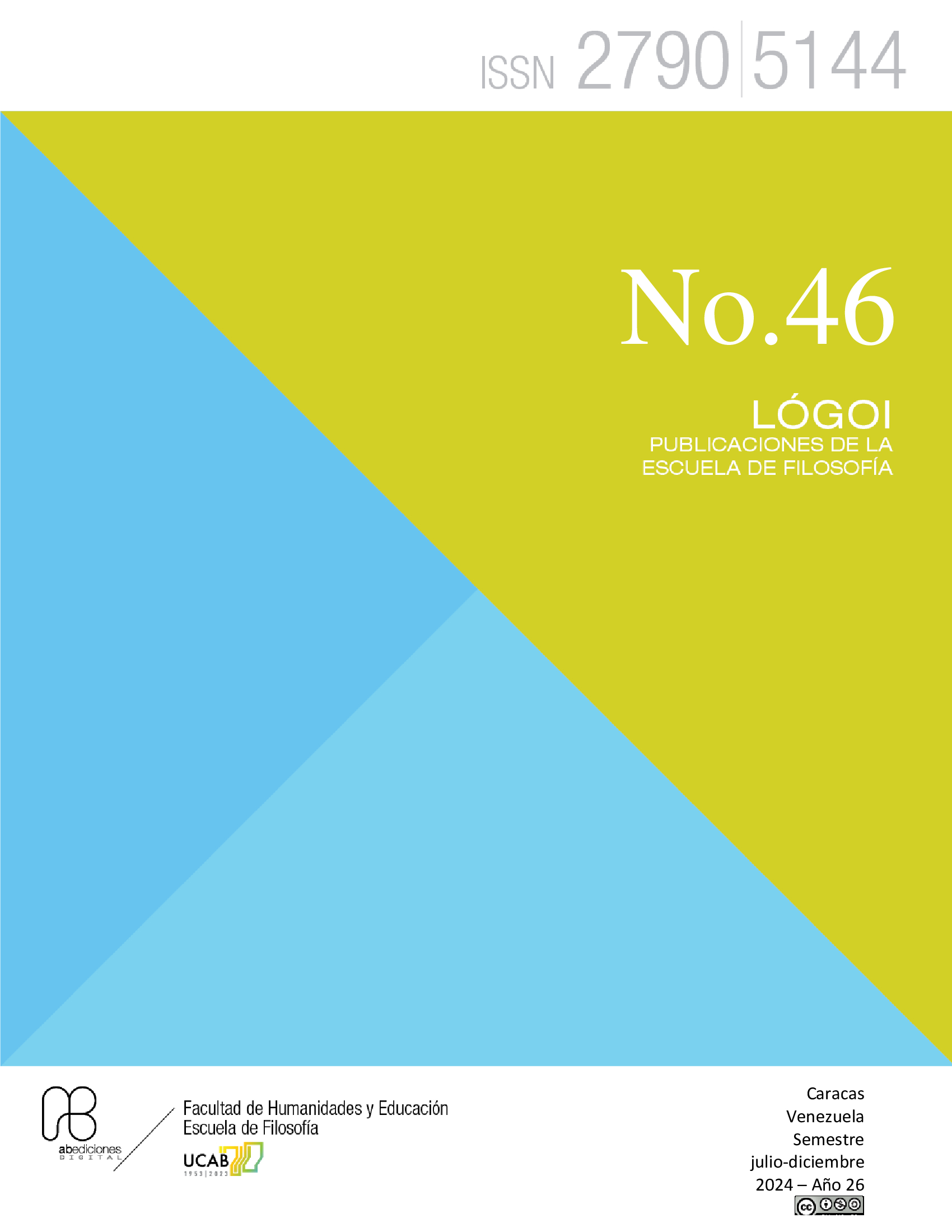At the limits of experience: dinosaurs, animism and the unconscious.
DOI:
https://doi.org/10.62876/lr.vi46.6677Abstract
Husserl’s phenomenology shows that phenomena in general display aspects that are accessible while others seem to be reluctant to be analyzed. Among the latter are prehistoric animals, humans from animistic cultures, and the unconscious side of subjectivity. This paper aims to describe some essential features of these phenomena and suggest that they are only relatively inaccessible. Prehistoric animals can be reconstructed on the basis of current ones. Animism is a universal feature in all humans, and the unconscious can be accessed through its thresholds and through the recollection of dreams.
Downloads
References
Conrad, Theodor, Zur Wesenslehre der psychischen Lebens und Erlebens (The Hague: Nijhoff, 1968).
de Warren, Nicolas, “The Inner Night. Towards a Phenomenology of (dreamless) Sleep”, en D. Lohmar e I. Yamaguchi (eds.), On Time. New Contributions to the Phenomenology of Time (Dordrecht: Springer, 2010).
Embree, Lester, Animism, Adumbration, Willing, and Wisdom. Studies in the Phenomenology of Dorion Cairns (Bucharest: Zeta Books, 2012).
Fink, Eugen, “Vergegenwärtigung und Bild. Beiträge zur Phänomenologie der Unwirklichkeit (1930)”, en: Studien zur Phänomenologie 1930-1939 (Den Haag: Nijhoff, 1966).
Geniusas, Saulius, “Daydreaming and Self-Awareness”, en Saulius Geniusas (ed.), Varieties of Self-Awareness. New Perspectives from Phenomenology, Hermeneutics, and Comparative Philosophy, Cham (Switzerland), Springer, 2023).
Geniusas, Saulius, “Towards a Phenomenology of the Unconscious: Husserl and Fink on Versunkenheit”, Journal of the British Society for Phenomenology 53/1 (2022): 1-23.
Harvey, Graham, (ed.), The Handbook of Contemporary Animism (London & New York: Routledge, 2013).
Héring, Jean, “Quelques Thèmes d’une phénoménologie des rêves”, en Tymieniecka, Anna-Teresa (ed.), For Roman Ingarden. Nine Essays on Phenomenology (The Hague: Martinus Nihjoff, 1959): 75-87.
Husserl, Edmund, Erfahrung und Urteil (Hamburg: Claasen Verlag, 1964).
Husserl, Edmund, Gesammelte Werke—Husserliana (Dordrecht: Springer, 1950-2024; antes Martinus Nijhoff y Kluwer Academic Publishers).
Husserl, Edmund, Husserliana—Materialien (Dordrecht: Springer, 2002-2024).
Iribarne, Julia, “Aportaciones para una fenomenología de los sueños”, en su libro Edmund Husserl. La fenomenología como monadología, (Buenos Aires: Academia Nacional de Ciencias de Buenos Aires, 2002): 369-395.
Lohmar Dieter, “El método fenomenológico de la intuición de esencias y su concreción como variación eidética”, Investigaciones fenomenológicas 5 (2007): 9-47.
Lohmar, Dieter, Phänomenologie der schwachen Phantasie (Dordrecht: Springer, 2008).
Nancy, Jean-Luc, Tombe de soleil (París: Galilée, 2007).
Tylor, Edward Burnett, Primitive Culture (London: John Murray, 2 vols. 1871).
Walton, Roberto, Intencionalidad y horizonticidad (Bogotá/Cali: Aula de Humanidades/ Universidad San Buenaventura, 2015).
Zahavi, Dan, “Husserl’s Phenomenology of the Body”, Études Phenoménologiques 19 (1994):63-84.
Zaner, Richard M., “At Play in the Field of Possibles”, Journal of Phenomenological Psychology 41 (2010): 28-84.
Published
How to Cite
Issue
Section
License
Copyright (c) 2024 Luis Rabanaque

This work is licensed under a Creative Commons Attribution-NonCommercial-ShareAlike 4.0 International License.










.png)











